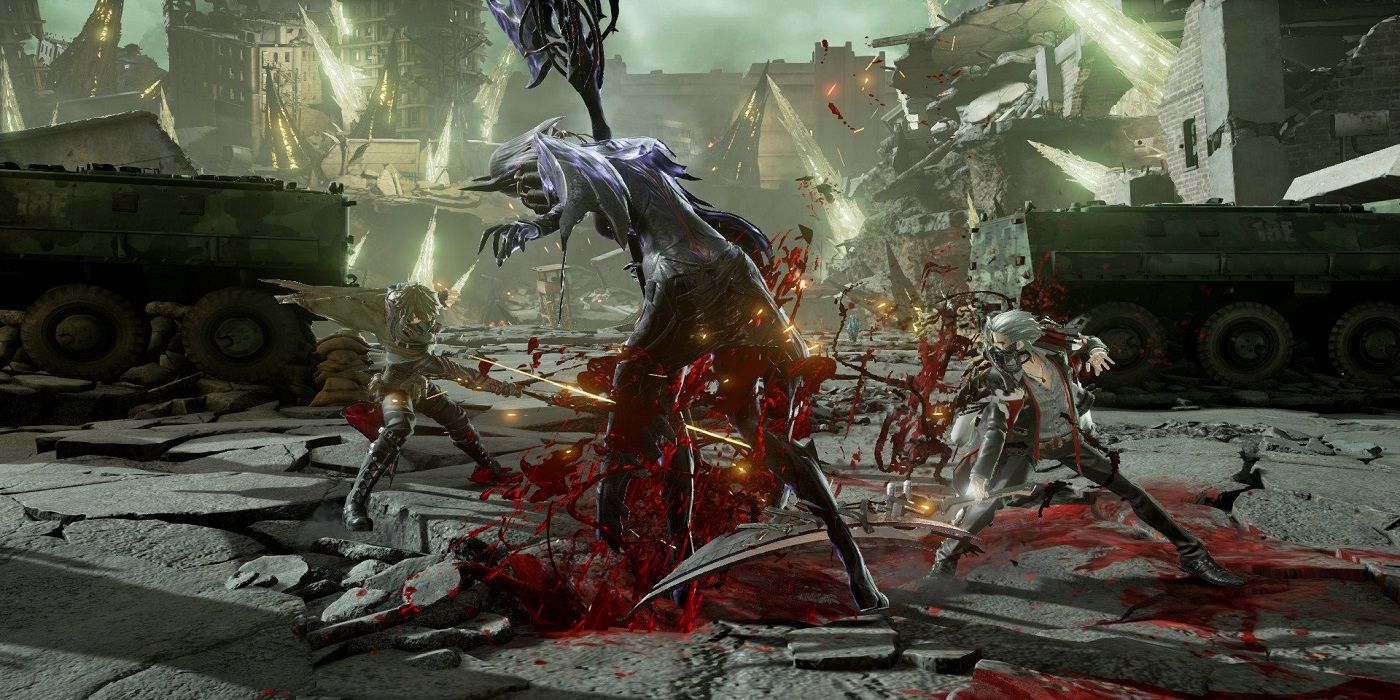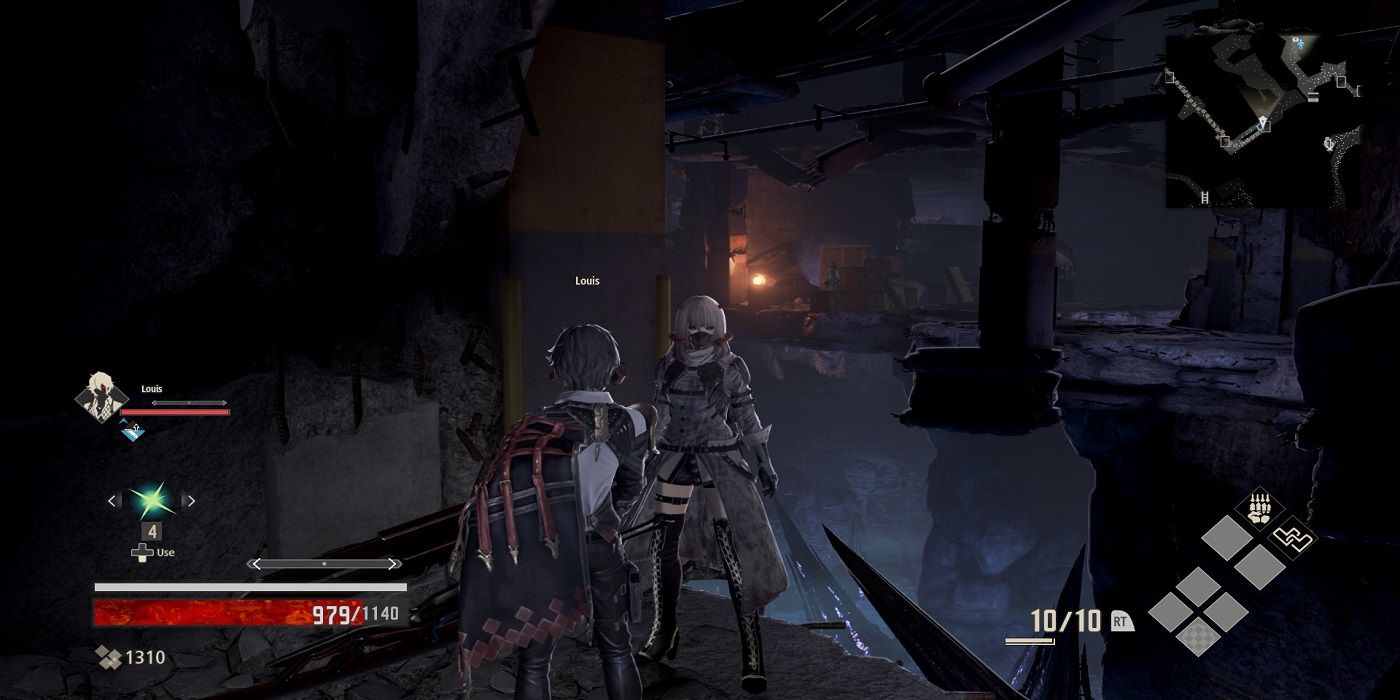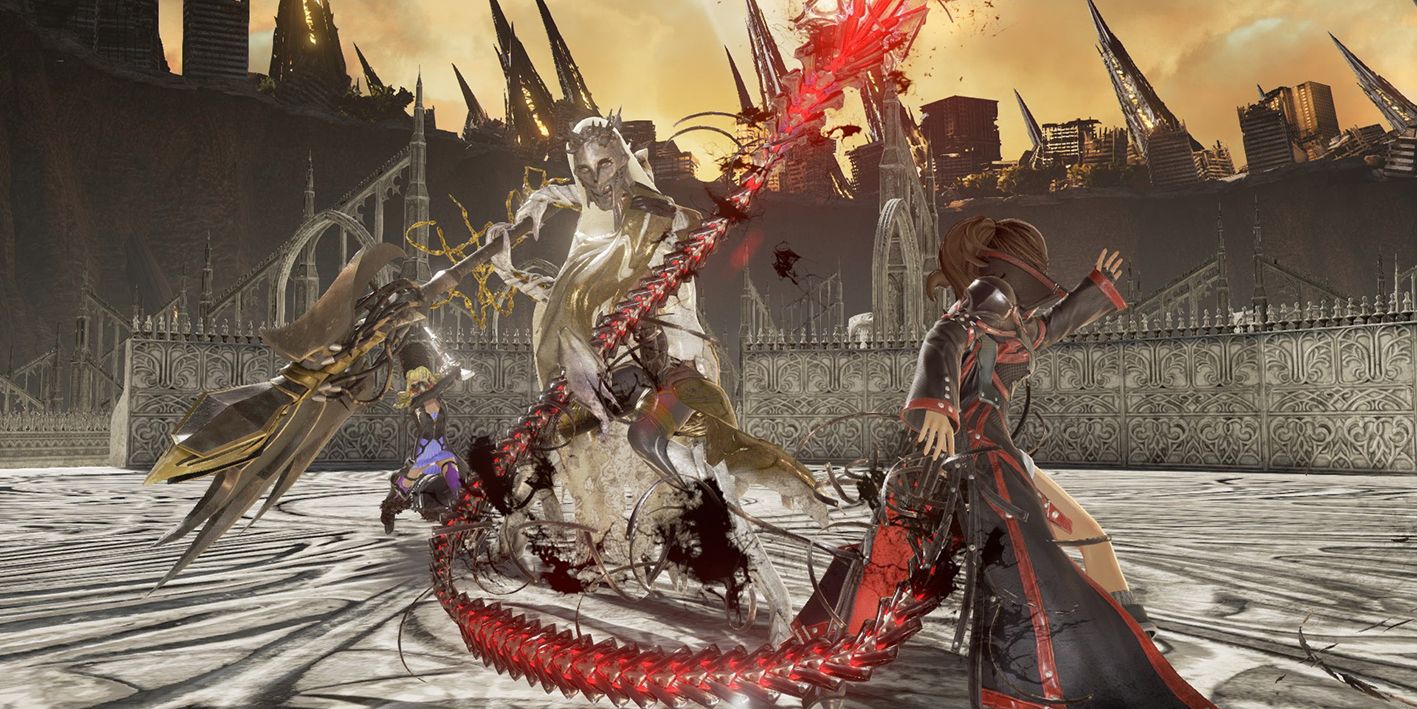Code Vein has established itself as a respectable take on the Souls-like formula, giving many players a refreshing taste of something remarkably similar to the classic Souls games that they know and love. For many, this is a very welcome development after FromSoftware’s change of pace in their most recent title, Sekiro: Shadows Die Twice.
Players who loved FromSoftware’s previous titles may have been very happy with Sekiro, but likely felt some sting from the lack of co-op and PvP online play, the very limited build options, and the vastly different combat. Code Vein provides combat, exploration, and online play that is reminiscent of Dark Souls III or Bloodborne, but there are also some very noticeable differences.
Online
One of the features omitted from FromSoftware’s most recent title was the ability for players to summon each other for co-op, as well as the now-iconic player invasions that made Souls games endlessly unpredictable and perilous.
While it does not have player invasions, Code Vein does have online co-op. However, Code Vein’s co-op has some advantages over other Souls-likes, as well as some drawbacks. First, co-op is limited to only two players. This seems to be a bit of a missed opportunity, especially since with a co-op partner and an AI companion, it is possible to have up to two allies at once. However, in return, a co-op partner can be easily summoned at any time, and from anywhere in the world. A player at the start of their game can respond to a distress signal and help someone near the end of theirs, or vice versa. Gone are clunky summon signs and arbitrary area restrictions— help can be found a lot more easily. This means that if friends are at different points in Code Vein's long campaign, they can still play together.
Exploration
In exploration, Code Vein is at its best. Areas in this game live up to the high bar set by the dense, interlinked level design of the Dark Souls franchise. This is not just a mere replication of classic one-way doors and unlockable shortcuts, but a genuinely well-crafted design in each level. Code Vein pro tip: Carefully observing every nook and cranny is rewarded with items and is often necessary for progression.
The one major update to exploration is the inclusion of a map. While Souls-like purists may scoff at the notion of something so convenient and helpful as a mini-map, it is important to not that in Code Vein the map is not revealed until the area is cleared. This makes backtracking for items easier, but keeps forward progress challenging. Players will find excitement not just in seeing a bonfire-equivalent Mistle, but also in discovering smaller patches of Mistle that clear the map and make the surrounding area visible.
Enemies and Boss Fights
Boss fights are challenging, and often require some problem-solving or clever tricks to be beaten efficiently. However, the AI companions can occasionally take away from the experience of a good bossfight. In many cases, AI companions can tank a lot of the boss’s hits and deal quite significant amounts of damage. It is not entirely uncommon for the player to feel like they are just playing support while the AI is the one really fighting the boss.
Melee
Melee combat in Code Vein is nearly identical to that in recent Dark Souls titles. Deliberate button-presses are necessary because of the way that inputs stack, easily locking the player into an unwanted attack animation. In general, the combat in Code Vein is a little less weighty and the timing is slower. Parries and dodges must be performed slightly earlier than some players may be used to, which makes prediction more important than reaction speed. The snappy movement and precise feeling is ever-present, giving the player a great sensation of complete control over the character.
Magic
Magic and casting is easily one of the best improvements that Code Vein makes over classic Souls-like titles. In recent Dark Souls games, magic and other forms of ranged damage were almost always an inferior choice to melee in terms of damage, ease of use, and cost. However, Code Vein makes ranged magic builds very viable, sometimes outstripping even greatswords in raw damage.
In Dark Souls, spells had to be selected by scrolling through one at a time with the D-pad. In Code Vein, spells can be assigned to skill slots. These are activated by pressing the right trigger and then tapping a D-pad direction or face button, for a total of eight options. This means that a spell or skill can be activated with only two button presses instead of a lengthy and cumbersome selection procedure.
For people who played dark souls and always wanted magic builds to be viable, Code Vein will be a treat. Because Code Vein makes it so easy to switch builds, any player can try out a casting build or add spells to their repertoire of skills in a melee-focused build.
Code Vein is out now for PC, PS4 and Xbox One.



